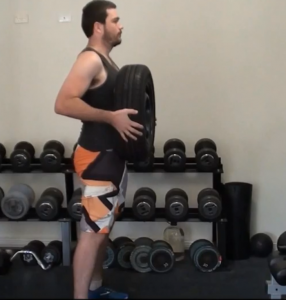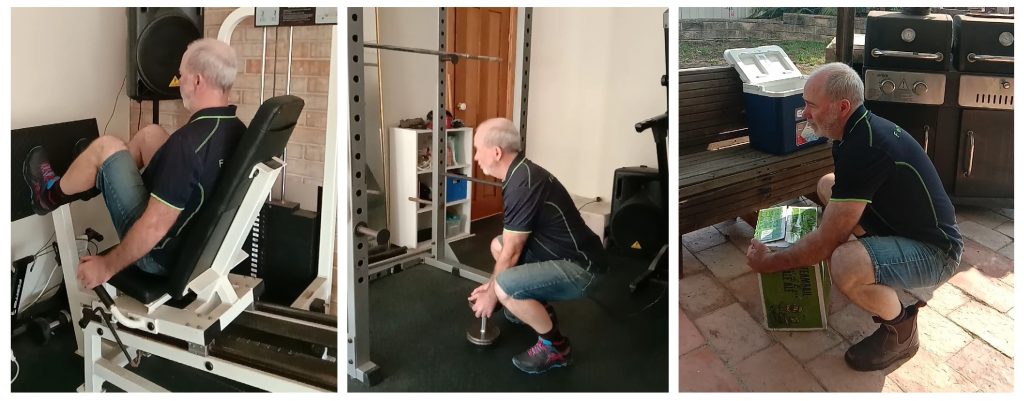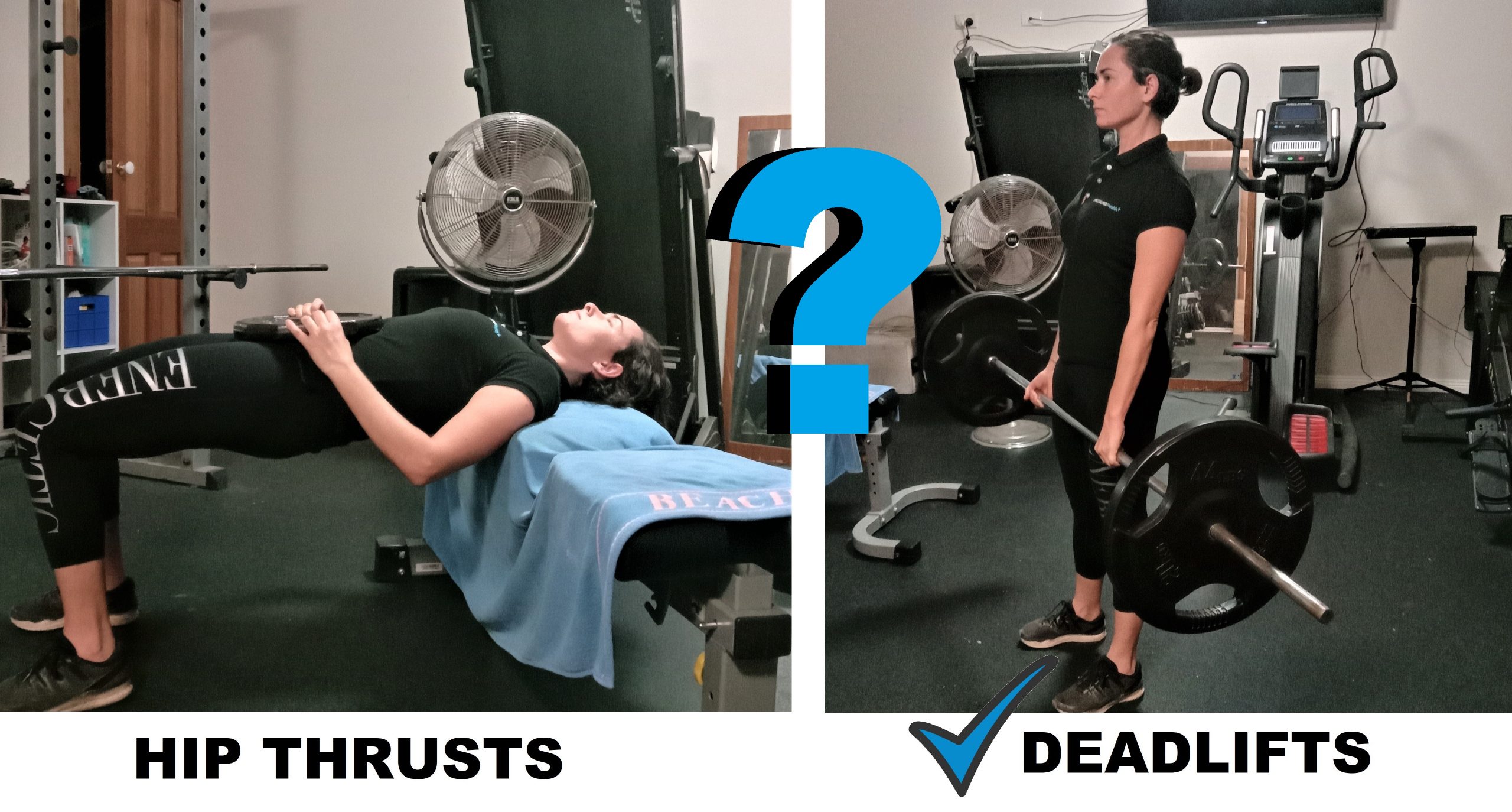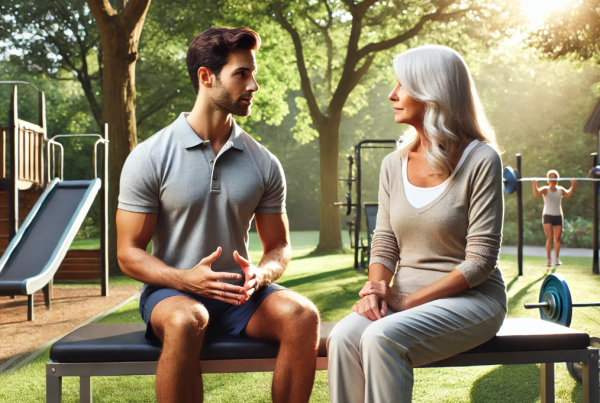Both great glute, hammy & quad exercises. But which is more Functional?
Deadlifts!!! Because we don’t usually lift things lying on our back with the item on our hips.
Yes, as EPs we do love Functional Exercises.
An Exercise Physiologist has a range of exercises they prescribe for specific situations, ideally most, if not all, lead to Functional Exercises.
Let’s get into semantics…

There are a few definitions of “Function” that we can apply.
Function
/ˈfʌŋ(k)ʃ(ə)n/
- To perform a specified action or activity; work; operate – Dictionary.com
2. An activity that is natural to, or purpose of, a person or thing – Oxford Dictionary
3. Any of a group of related actions contributing to a larger action; e.g. The function of the heart is to pump blood through the body – Merriam-Webster Dictionary
Exercise
/ˈɛksəsʌɪz/
A subcategory of physical activity that is planned, structured, repetitive, and aims to improve or maintain one or more components of physical fitness – World Health Organization
So, let’s put the two words together.
A Functional Exercise is literally an exercise that mimics a specific task, the exercise has a direct translation to the task or components of a task.
Here’s WHY we love them!
EPs love them because they directly improve capacity to do things around the house and at work.
They’re our not-so-secret weapon to get people back to a normal life after an injury or illness.
You can build up your strength, nice and safely working towards the end goal.
Example: If a mechanic has a back injury and to get back to full duties, he needs to lift a 4WD tyre weighing 36kg, it’s much easier to control for increasing load in the gym with weights that provides dumbbells or kettlebells that progressively increase load in line with strength gains.

If you can find a tyre, or object similar to the goal, to practise the lift on, that’s great too! Different grips can alter the ease or difficulty of the task. Despite this, the overall strength will be transferrable.
You can break down the activity and practise it as different exercises, to build up strength in a muscle that may be holding you back.
Example: Someone with a knee injury, may have continued their upper body exercises, so doesn’t need much focus on their arm strength. They need attention to their leg strength. Here’s an example of exercises progression to the task.

Ensure Safety of the real task
We make sure the exercise (which is mimicking manual handling tasks) is performed correctly. And you have the exact strength required (or more), because you’re using the exact muscles. Compare that to a supported, machine based exercise where you may only need to use one of two joints, less core and less stabilising muscles!
Have you ever seen your friend performing perfect squats or deadlifts at am impressive weight? But then cringe when they’re setting up or packing up the equipment? Or maybe you’ve seen their form completely off outside of the gym when lifting.
The repetition of perfect technique should train the body to perform perfect lifts, all the time, even during laundry!

Although, it’s not just lifting that is functional! There are lots of pulling and pushing movements as well. Here’s some options for you to consider:
1. Seated Chest Press vs Standing Cable Push
2. Lunges vs Sled (also consider what the goal is and the relevant posture. Is it to improve your scrum or push a wheelchair.
3. Fixed Seated Row vs Dumbbell Bent Over Row (again, try to consider relevant postures).
Of course, we can’t always prescribe them straight away. Sometimes we need to build up strength or train the muscles how to move more effectively. But Functional Exercise always have the final say!

Biara Webster
Exercise Physiologist and Writer/Content Manager, Specialised Health
(Thanks to my Dad and brothers, for posing for us!!)

Each month we will pick a question to Q&A.
Send your questions to brad@specialisedhealth.com.au or biara@specialisedhealth.com.au
Or contact us through the below social media outlets!






